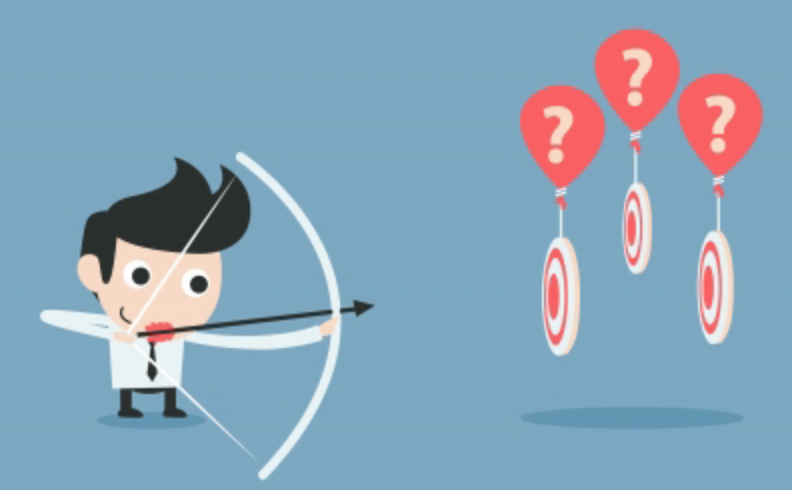Successful nonprofit fundraising has always included a strategic use of donor data. But with the changes happening due to the COVID-19 outbreak, data strategies are taking a front seat by helping organizations manage their fundraising programs more effectively. A robust donor data file allows communications to be customized properly, helping nonprofits send the right message to the right segment. Segmentation is key to sustaining—and growing—funding in uncertain times.
Healthcare organizations, for example, benefit greatly from donor data organized by patient type, whether by susceptibility to COVID-19 or location. Data can help deliver urgent messages that inform constituents of service offerings or safety measures. Data can also deliver urgent invitations for donor giving. But crossing those two messages would produce flat responses at best, or negative reactions at worst.
Organizations that have seen a drop in funding can use data to focus funding invitations to those most likely to give during a disaster. One approach would be to sort the data by those donors who only give during a crisis and then attempt to reactivate them. Another approach would be sort the data by those donors most likely to give: the most valuable donors, the most loyal donors, highest capacity donors, and so on. Targeting specific donor segments like this will produce the biggest return during a time of tight income.
Some nonprofits are reaching out by phone to a targeted list of high capacity donors. Capacity variables—or indicators or attributes, like net worth, household income, discretionary spending—coupled with a donor’s past giving will allow you to identify those top 200–250 people who are most able to give an extra gift in this climate. Pulling this data will help you concentrate your efforts for a quick boost in funding.
Even if your organization wants to continue with planned communications, data strategies can enhance that messaging. For example, you could layer this additional segmentation, based on ZIP code or age or other demographic attributes, to tweak your message copy based on how that segment is affected by the pandemic.
And if your organization sees this disruption as an opportunity to enhance your current donor strategies, you might want to use third-party upended data from companies like Axiom, Experian, and the like. Or you can upload your donor file to Pursuant’s GivingDNA Platform, which has segmentation attributes built in.
No matter how your organization uses data, it’s important to keep communicating. Your donor relationships need to be tended and cultivated, even during this crisis. They want to know how the cause they have invested in is continuing the mission and how they can help. Your regular approach to communications may change in the short term, or the pandemic may forever change your strategy. Either way, take your donors on the journey so the work you do can evolve and grow into the future.

